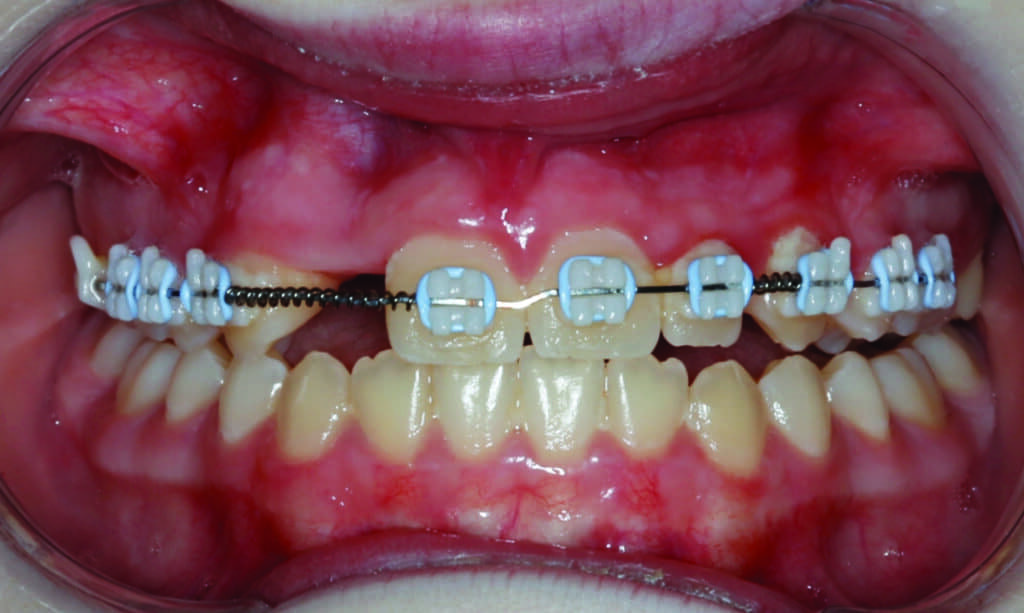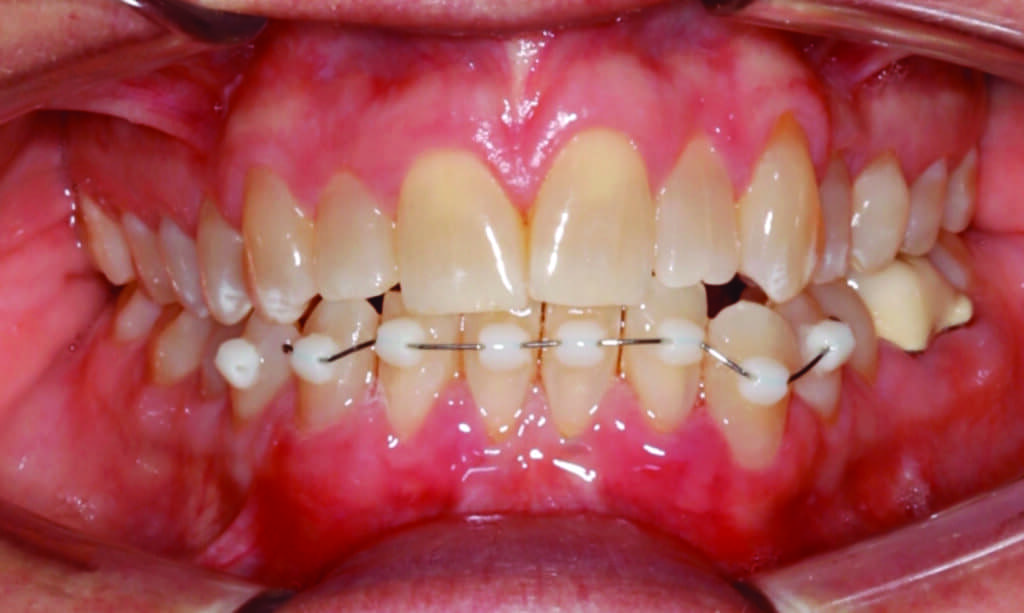3D printed appliances are now a reality, giving orthodontists a new level of in-office control over the treatment planning process
By Tom Shannon, DDS, MDS
Clear aligners have reshaped our industry. However, even as aligner treatments have become more common, hybrid orthodontic treatment options—combining bonded appliances and clear aligners within the same plan—have remained costly and difficult to implement.
Why is this the case when hybrid treatment offers so many upsides? Unfortunately, traditional manufacturing systems developed for both bonded appliances and orthodontic aligners involve costly production overhead, marketing, layers of sales representatives, and inventory management constraints. The result is that orthodontists are forced to choose: braces or aligners.
Fortunately, advancements in digital CAD/CAM technologies such as intraoral scanning, treatment planning software, and 3D printing are reducing appliance production time and cost, making it extremely easy for clinicians to treat their patients using hybrid technology. For example, with the Formlabs Form 3B and the newly released Draft Resin, a set of staged dental models can be printed in-office in just a few hours. These models can then be used to make a set of aligners, at just one-tenth to one-fifth the cost of traditional third-party aligner companies.
Why Hybrid Treatment?
Using both bonded appliances and clear aligners in the same treatment plan can greatly improve options for both adult and adolescent patients. For example, adult patients typically prefer aligners to brackets for orthodontic treatment, due to aesthetics and control over when they are worn. However, adult aligner treatment can frustrate orthodontists because of insufficient wear patterns, particularly during aspects of treatment that involve correcting difficult dental crowding and rotations.
By easily 3D printing brackets, orthodontists can bond an adult patient with fixed appliances for 1 to 2 months before transitioning to clear aligners. This provides a new flexibility for the orthodontist to choose the best tool for the job, resulting in early correction of difficult dental movements and more efficient outcomes.
Hybrid treatment offers similar advantages for adolescent patients, but choosing the right tool for the job in a growing patient involves many unique considerations. Although fixed appliances may be ideal for initial dental alignment, adolescent growth can often negatively affect the clinical advantages of traditional braces. Incorporating aligners at strategic points during adolescent growth spurts allows for a “start-stop” aspect of orthodontic treatment planning.
With this hybrid technique for adolescent patients, aligners can be worn to control both dental arches during periods of delayed mandibular growth. Aligners will also not contribute to “braces burnout” and the subsequent dental hygiene decline associated with extended braces wear. By hybridizing initial braces and a “start-stop” aligner approach, adolescent patients with long-term growth trajectories can be more comfortably treated, which will lead to a higher quality, more stable outcome.
Figure 1 Figure 2
Figure 3 Figure 4
How 3D Printers Make Hybrid Treatment Possible
3D printing is enabling a second digital orthodontic revolution, with affordable, easy-to-use printers and biocompatible resins that make hybrid treatment plans a reality for all orthodontists. Innovators in 3D printing are taking a special focus into orthodontic applications; for example, the 3D printing company Formlabs has a dental division focused on developing products to ease orthodontic and dental processes and enable new, custom treatment options that streamline production and reduce overall costs.
Another company that has utilized 3D printing in different segments of the orthodontic industry is Braces On Demand. In 2020, Braces On Demand received FDA clearance for the first in-office 3D printed brackets. Utilizing the Formlabs ecosystem, which includes state-of-the-art printers and biocompatible dental resins, Braces On Demand has achieved what no one thought was possible—a highly aesthetic, strong, and cost-effective orthodontic bracket that can be printed in-office. With a price point that is one-third to one-tenth the cost of traditional aesthetic bracket options, 3D printed appliances are here to stay. The days of traditional orthodontic manufacturing—and the associated costs—are definitely numbered as innovative companies like Braces On Demand allow orthodontists to take control of their practices and profession.
These recent innovations in 3D printing technology enable unprecedented flexibility for orthodontists and their teams. Traditional orthodontic workflows are being transformed into digital processes, offering renewed efficiencies only made possible with 3D printing technology. These streamlined systems can be used to develop complex hybrid treatment plans, combining brackets and clear aligners, each providing their own unique benefits. Beyond saving time and money, this technology is key to providing more patient-focused, flexible treatment protocols. The result is a new ability for orthodontists to finally be able to choose the best tool for the job, without the cost-prohibitive limitations of the past.
The New Realities of the Digital Orthodontic Practice
- 3D printing of brackets and other appliances is now possible: With digital workflows enabled by 3D printing, multiple cases of aesthetic brackets can be 3D printed in just a few hours.
- In-office orthodontic aligners offer treatment planning flexibility: The orthodontist has complete control over the treatment planning process when designing their own clear aligners, allowing for a more flexible and responsive treatment.
- Cost savings are significant: With in-office 3D printing, brackets can be printed at up to one-tenth the cost of those from traditional manufacturers.
Looking Forward
The future of orthodontics lies in flexible treatment offerings, with patient-centered treatment protocols. Once too costly to be practical, hybrid treatments plans will become more widely available as orthodontic offices and labs begin to be equipped with 3D printers and an assortment of biocompatible materials.
The breakthrough technologies created by Formlabs, Braces On Demand, and other 3D printing companies are giving doctors the ability to deliver better case management and outcomes, resulting in happier patients and a better bottom-line for doctors. Rather than compromising results by choosing one particular technology, hybrid treatment options enabled by a digital workflow allow orthodontists to deliver the treatment flexibility of the future today. OP

Tom Shannon, DDS, MDS, leads the team at Shannon Orthodontics in west Michigan and is an orthodontic specialist. He founded Shannon Orthodontics in 2014. He also is a co-founder of Braces On Demand, a start-up created in 2019. Shannon constantly strives to utilize new research and technologies in order to provide his patients with the best possible care.














